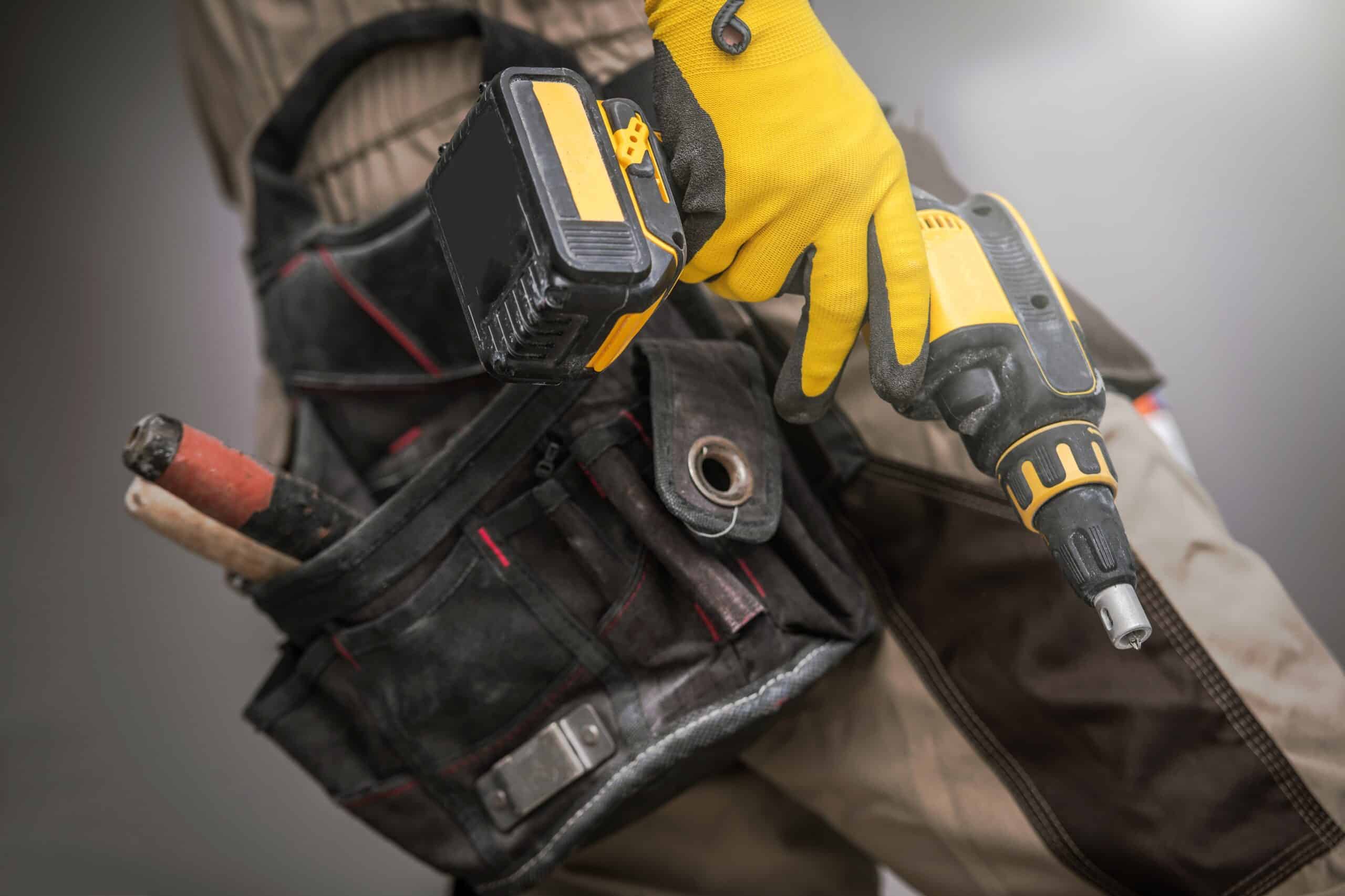Is it Bad to Leave Power Tool Batteries on the Charger?
Key Takeaways
- Leaving power tool batteries on the charger for extended periods can lead to overcharging, which can damage the battery cells and decrease their overall capacity.
- Overcharging power tool batteries can significantly reduce their lifespan, causing the battery cells to degrade faster than normal.
- Best practices for charging power tool batteries include unplugging them when fully charged, storing them in a cool and dry place, utilizing them regularly, and following the manufacturer’s guidelines.
Leaving power tool batteries on the charger for extended periods is a common practice among many users. However, is it a good idea? Does it have any negative effects on the batteries or pose safety risks? In this article, we will explore the various viewpoints and expert opinions on whether leaving power tool batteries on the charger is bad or not.
The Risks of Overcharging
Overcharging power tool batteries can have detrimental effects on their performance and lifespan. When a battery is left on the charger for too long, it continues to receive a charge even after reaching full capacity. This can lead to overcharging, which can damage the battery cells and decrease their overall capacity.
Overcharging can also generate excessive heat, increasing the risk of battery failure or even fire hazards. The heat produced during overcharging can cause the battery to expand, leak, or even explode in extreme cases.
Multiple sources, including House Toolkit, Bob Vila, and Tooling Ideas, agree that leaving power tool batteries on the charger for extended periods is not recommended due to the risks associated with overcharging.
Decreased Battery Lifespan
Leaving power tool batteries on the charger can significantly reduce their lifespan. Overcharging causes the battery cells to degrade faster than normal, resulting in a shorter usable lifespan for the batteries.
According to Bob Vila, overcharging power tool batteries can drastically shorten their usable lifespan. It is important to note that the exact impact on battery lifespan may vary depending on the specific battery model and its charging characteristics.
Best Practices for Charging Power Tool Batteries
While leaving power tool batteries on the charger for extended periods is not recommended, there are several best practices to ensure optimal battery performance and longevity.
1. Unplug the Batteries When Fully Charged
Once the power tool batteries are fully charged, it is advisable to unplug them from the charger. This prevents overcharging and helps maintain the batteries’ health and longevity.
2. Store Batteries in a Cool and Dry Place
Storing power tool batteries in a cool and dry place helps prevent excessive heat buildup and protects them from moisture. It is recommended to store batteries in their original packaging or padded bags to prevent damage.
3. Utilize the Batteries Regularly
Using power tool batteries regularly helps maintain their health and performance. It is important to avoid long periods of inactivity, as it can lead to battery degradation.
4. Follow Manufacturer’s Guidelines
Each power tool battery has specific charging and storage requirements outlined by the manufacturer. It is essential to read and follow these guidelines to ensure safe and optimal usage of the batteries.
The above best practices are recommended by various sources, including House Toolkit, Home Tool Zone, and Bob Vila. Adhering to these practices can help prolong the lifespan of power tool batteries and ensure safe usage.
Conclusion
Leaving power tool batteries on the charger for extended periods is generally not recommended due to the risks of overcharging, decreased battery lifespan, and potential safety hazards. Overcharging can damage the battery cells, decrease their performance, and even pose fire hazards. It is advisable to unplug the batteries once they are fully charged, store them in a cool and dry place, utilize them regularly, and follow the manufacturer’s guidelines for charging and storage.
Remember, proper care and maintenance of power tool batteries are essential for optimal performance and longevity. By following the best practices outlined in this article, you can ensure the safe and efficient use of your power tool batteries.
Related Websites:
FAQs:
Q: Is it bad to leave power tool batteries on the charger?
Yes, it is not recommended to leave power tool batteries on the charger for extended periods of time. This can lead to overcharging, which may negatively impact battery health and reduce its overall performance and lifespan.
Q: What are the different types of power tool batteries commonly available?
The most common types of power tool batteries available in the market are Nickel-Cadmium (Ni-Cd), Nickel-Metal Hydride (NiMH), and Lithium-Ion (Li-Ion) batteries. Each type has its own characteristics and performance levels.
Q: What is the memory effect in power tool batteries?
The memory effect is a myth when it comes to modern lithium-ion batteries used in power tools. It is not relevant to them. However, periodically fully charging and discharging lithium-ion batteries can help calibrate their capacity and maintain optimal performance.
Q: What are the best practices for power tool battery maintenance?
To ensure the longevity and optimal performance of power tool batteries, it is recommended to follow the manufacturer’s instructions and guidelines. Additionally, removing batteries from chargers once fully charged can prevent overcharging and reduce the risk of potential negative effects on battery health.
Q: How should power tool batteries be stored?
When not in use, power tool batteries should be stored in a cool and dry place to prevent excessive discharge. It’s also important to periodically check the stored batteries’ charge levels to maintain their health and ensure they are ready for use when needed.





